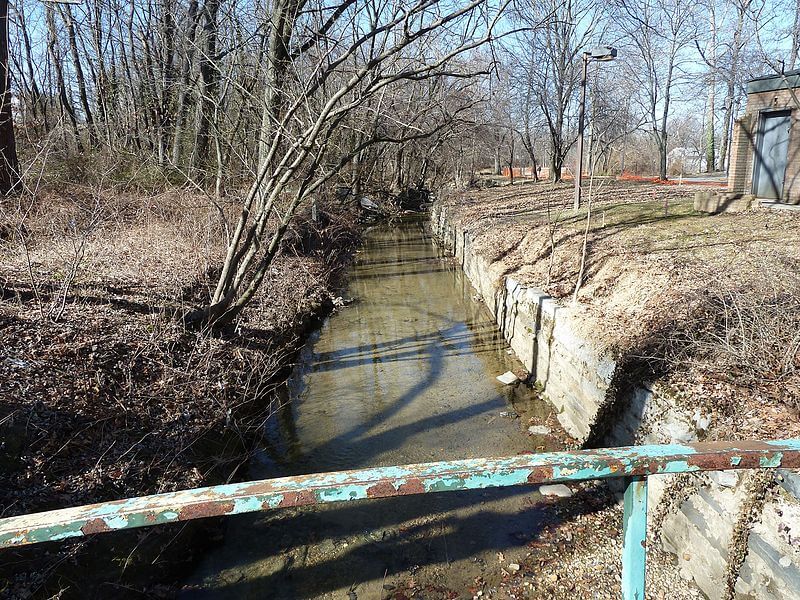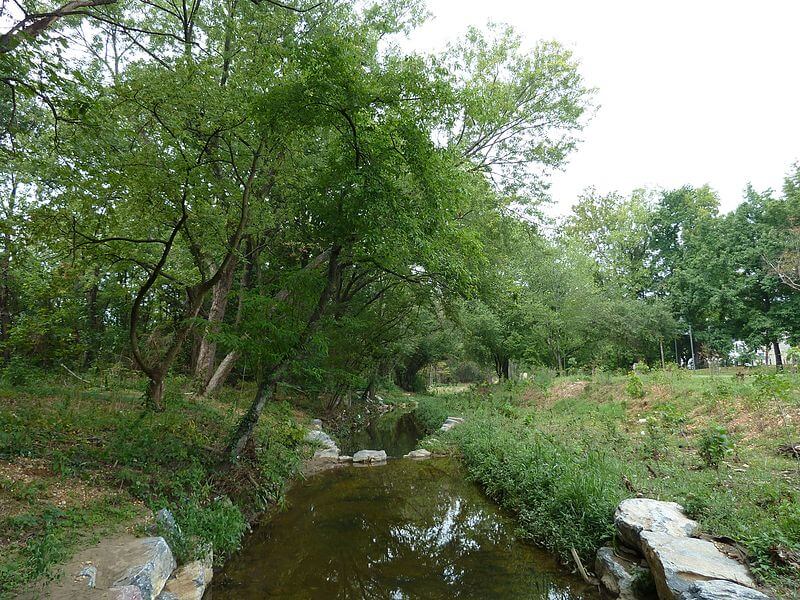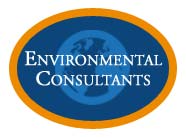When we think of river restoration, often we think of restoring rural streams. However, urban streams are often the most damaged and the hardest to fix. There are several unique challenges to urban stream environments that must be considered during restoration.

The Physical Human Impact
There is elevated stress on the species in an urban environment typically due to the human factor. We see high predator loss. Even something as simple as an invasive plant species being introduced in landscaping can dramatically alter the ecosystem. Both factors decrease species richness – a major indicator of ecosystem health.
When you have homes and businesses built around a stream, the needs of those homes and businesses are paramount to the needs of the stream environment. Increased urbanization also comes with increased stormwater runoff – the largest contributor to changes in stream hydrology. The high percentage of impervious surfaces, like paved roads, in comparison to rural environments is the main reason for increased runoff. Events like floods or increased runoff normally bring about changes to the stream – increased sedimentation, bank erosion, etc.
In urban settings, those changes are often not allowed to occur because of concerns about the impact to humans. Alterations are made to the stream to protect those homes and businesses from these changes, like concrete channels. These can often bring about further detrimental changes to the stream.
Streams naturally are constantly shifting. Any changes upstream will typically result in a change downstream – or vice versa. We can often also see lateral changes, such as changes to the floodplain or bank erosion. Urban environments can often be both the cause of the increased runoff and the reason for drastic measures to respond to the impacts of that increased runoff.

The Chemical Human Impact
The increased storm runoff also brings in more nutrients to the streams in urban areas from roads, lawns, and landfills. The high loads of Nitrogen and Phosphorus cause eutrophication in the streams – a large increase in plant and animal life resulting in an overall decrease in oxygen content. The changes in the food chain due to the increase in available nutrients can cause issues in the traits of animals within the food chain including changes in the foraging behavior, habitat use, brood size, offspring size, interbrood interval, and morphology of species.
While rural environments often can have high loads of nutrients from farming or ranching operations, these high loads don’t make it into the stream as easily as in urban settings. The higher amounts of paved surfaces in urban environments vs. rural environments means more of the nutrient heavy runoff reaching streams. Farming and ranching operations are also more regulated than homeowners and business owners.
A strain on streams that is almost exclusively unique to urban environments is high loads of contaminants. Contaminants such as road salt, heavy metals, and pesticides easily can make their way into streams. Like with nutrient loading, rural environments often have various filters that stop the contamination from reaching the streams.
“Pharmaceuticals such as sterols, caffeine, antidepressants, antibiotics, environmental estrogens, and in some cases cocaine compounds have all been reported in urban streams”. One of the most documented of these urban specific contaminants is estrogen. Studies have shown how estrogen in streams alters the sex of fish. Antibiotics can change the microbiome of the stream. These factors must be considered when looking to improve the health of an urban stream.






 We're more than just brokers. We're A/E specialists, delivering the right coverage and exceptional value and service to hundreds of design firms of all sizes. Of course we leverage the latest industry resources to provide you with coverage, risk management and contract review tailored to your practice. But we also remember the difference between simply billing clients and actually serving them. See for yourself. Contact us of a competitive quote on your professional liability insurance.
We're more than just brokers. We're A/E specialists, delivering the right coverage and exceptional value and service to hundreds of design firms of all sizes. Of course we leverage the latest industry resources to provide you with coverage, risk management and contract review tailored to your practice. But we also remember the difference between simply billing clients and actually serving them. See for yourself. Contact us of a competitive quote on your professional liability insurance.